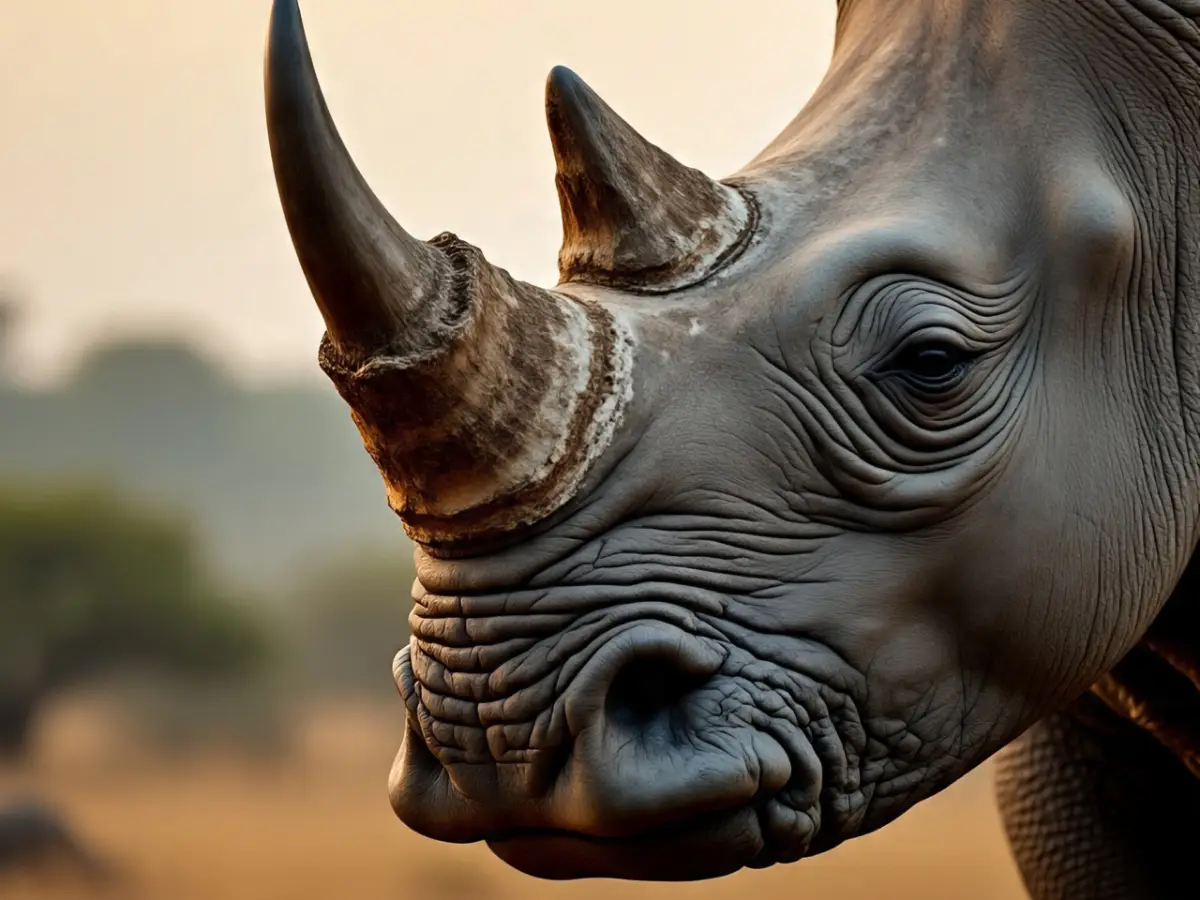Scientists have recovered the oldest proteins from a fossilised rhinoceros tooth discovered in the Canadian Arctic. The 24-million-year-old tooth contains proteins that are 10 times older than the most ancient DNA known to man. It is now the oldest detailed protein sequence on record to be analysed. Ryan Sinclair Paterson, a postdoctoral researcher at the Globe Institute at the University of Copenhagen in Denmark, who led the Canadian research, says tooth enamel is like a “vault”. It is “so hard that it protects these proteins over deep time.” He added that they have “unlocked the vault for this specific fossil.” Scientists are hoping that the study of ancient proteins will do for fossils what the study of ancient DNA did for archaeological science. The latter has shed light on human species, kingdoms lost in history, ice age creatures and more. The study was published on July 9 in the scientific journal Nature.
DNA is more fragile and degrades quickly. However, proteins can stay inside fossil specimens for several years. They do not provide as much insight into the creature, but proteins can still reveal the evolutionary history of the creature the fossil belongs to, its diet, and sometimes even the sex. “The next step is to demonstrate that it’s not just one sample, one lucky strike,” said coauthor Enrico Cappellini, a professor at the University of Copenhagen’s Globe Institute. He believes that in the coming years, the technology can be used to further probe other areas, including maybe even dinosaurs.
Cappellini and Paterson got together with their colleagues from the University of York and the Canadian Museum of Nature to extract sequences from seven proteins from the fossilised rhino tooth. They compared the sequences with those of living and extinct relatives of the species to understand how it evolved. They found that this rhino had diverged from the same family as rhinos that lived about 41 million to 25 million years ago. “In the fossil record, there were some crazy forms (of rhinoceros species). There’s the woolly rhinoceros, and maybe you’ve heard of the Siberian unicorn with the gigantic horn,” Paterson said. “What we were able to do is compare our mystery rhino with other forms and find out where it falls in the family tree.”
Proteins from fossils in hot regions
There was another study that suggests that biomolecules can survive for millions of years. Scientists from the Smithsonian Institution’s Museum Conservation Institute and Harvard University analysed 10 mammal fossils, including the relatives of today’s elephants, hippos and rhinos. Proteins were extracted from five of them, 1.5 million to 18 million years old. Their study revealed that prehistoric proteins can survive and be extracted from fossils in tropical regions.
